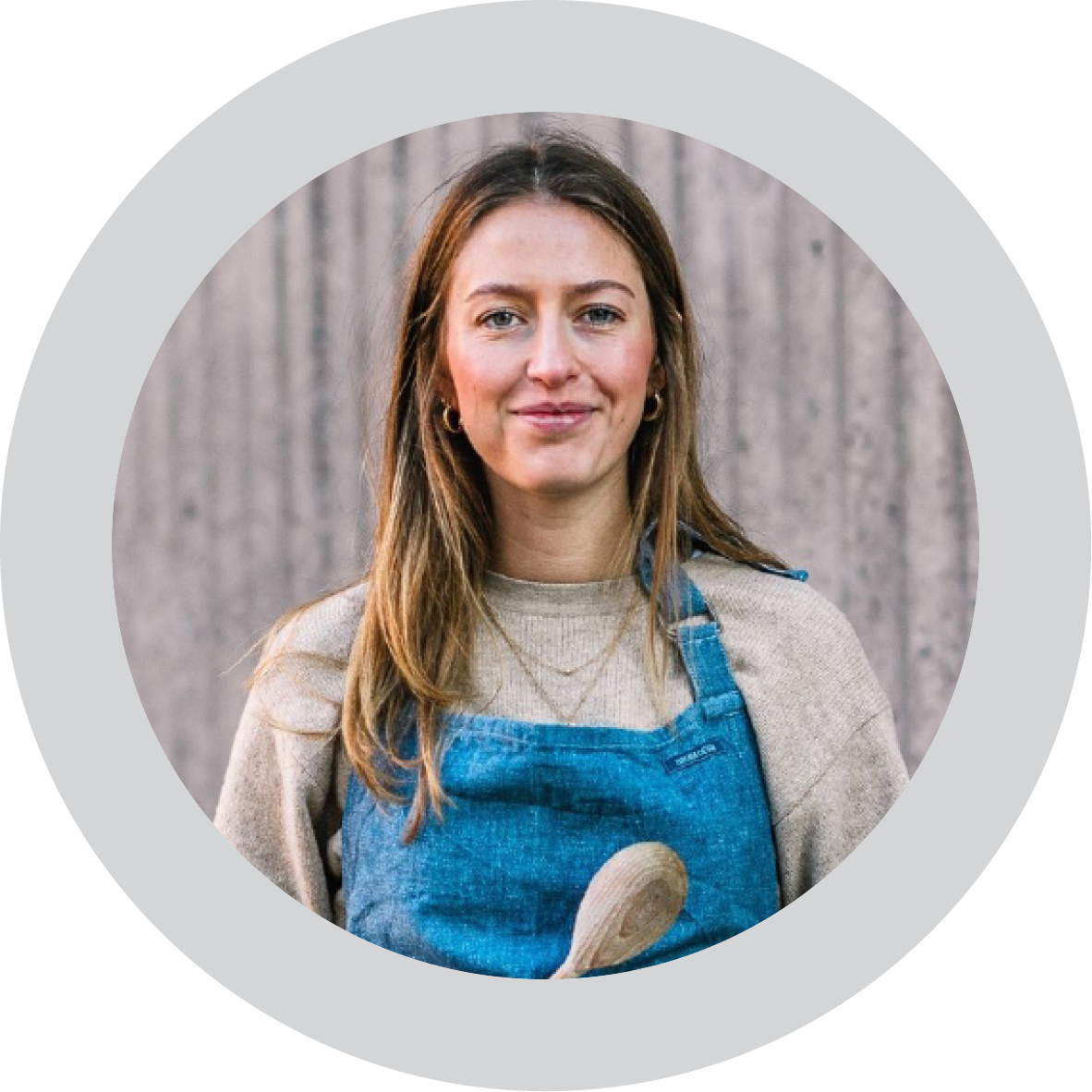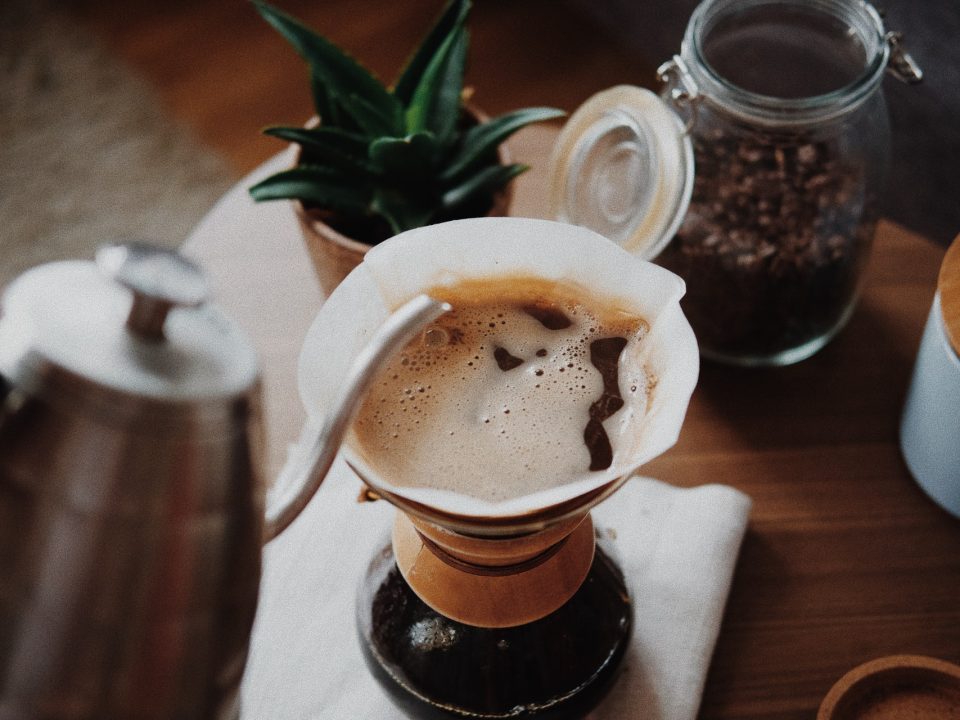Everyone who goes to Sweden probably expects to eat two things: meatballs (köttbullar – that are pronounced schöttbullar by the way) and cinnamon or cardamom buns. I have to tell you, though, that there’s much more to Swedish food than these two. Swedish food to me is comfort food. Loads of butter, cream, bread. Food is very seasonal, too. Restaurants in Stockholm and other cities adapt to what’s available and will often serve the freshest ingredients presented in the most lovely way. Swedes also love pickled red onions. No, they adore them. You’ll find them not only on top of their traditional Västerbotten cheese pie, but also with shrimps, on sandwiches, I even saw Gnocchi topped with them. Goes a bit too far, but most often they’re delicious. Swedes also love butter and above all brown butter, so many things are served with it that you turn into it yourself after a while. Foraging is also big. I remember when I went to a neighborhood restaurant last autumn and the chef proudly announced that he had picked the rowan berries, which came with our meat, the same morning in his neighborhood. I really love Swedish food. It’s more diverse than many people think and there is definitely even more than these five dishes and produce to eat while you’re in Sweden.
1. Matjessill
Matjessill is a type of herring that is pickled with cinnamon, cloves, allspice and sugar. The dish is most commonly served with finely chopped red onion, sour cream, chives, egg and boiled potatoes. There’s brown butter with it sometimes, too. It’s a real flavour experience, with the sweetness of the fish, the sharpness of the onions and then the soft and buttery taste of potatoes. Matjessill is also served with a piece of Knäckebröd on the side, traditional Swedish crisp bread.
2. Biff Rydberg
This dish sounds quite basic, but what’s so important about it, is the high quality of the meat. The name comes from the hotel this dish was originally invented at. Biff Rydberg is a dish made from seared pieces of sirloin steak, crispy fried small potato cubes, sauteed onions and one raw egg yolk. It’s served with freshly grated horseradish and mustard on the side. Everything is mixed together making it the most comforting dish you could imagine. It sounds very simple, but it’s the ingredients that make the difference: the better the ingredients, the better the dish – makes sense.
3. Janssons Frestelse
Translated this means Jansson’s temptation and that it certainly is. It’s a dish that’s typical for Christmas time and you’ll often find it served at Julbord, the traditional Christmas table served in December. The name comes from Pelle Janzon, an opera singer who used to invite people over for fabulous dinner parties, serving his anchovy gratin, among others. This was in the late 18-hundreds. Main ingredients are grated potatoes, cream, butter (of course), bread crumbs and anchovy fillets. The thing is that the anchovies used for this dish are special ones that I’ve seen so far in Sweden only. The fish is pickled in vinegar, together with cinnamon and nutmeg among other spices. This makes the anchovies quite sweet and Christmassy and perfect for this potato gratin.
4. Västerbotten Cheese
This cheese is next to Löjrom, Swedish caviar, the only product of protected origin in Sweden. It gets its name from the region it’s originating in: Västerbotten. It’s a hard cheese with some tiny holes throughout that has a very aromatic taste, slightly salty. The cheese is usually 12 to 14 months aged and can be found at regular supermarkets in Stockholm, however at a higher price than other cheeses. This is because of the trademark it’s protected by and the fact that it’s produced in limited amounts only. The cheese goes perfect on a slice of buttered crisp bread and during summer it’s made into a cheesepie to accompany Midsummer evenings and crayfish parties.
5. Toast Skagen
One of my absolute favourite dishes is Toast Skagen. It’s a piece of most often white toast, fried in ridiculous amounts of butter that make it super crunchy. On top is a mountain of shrimps mixed with Mayonnaise and dill. That’s the traditional recipe from the 50s introduced by the Swedish chef Tore Wretman. Nowadays, other ingredients are creme fraiche, lemon juice, sometimes red onions and very often it’s topped with Löjrom, the bright orange Swedish caviar. Toast Skagen is served at many occasions and is the perfect snack for an Aperitif.














